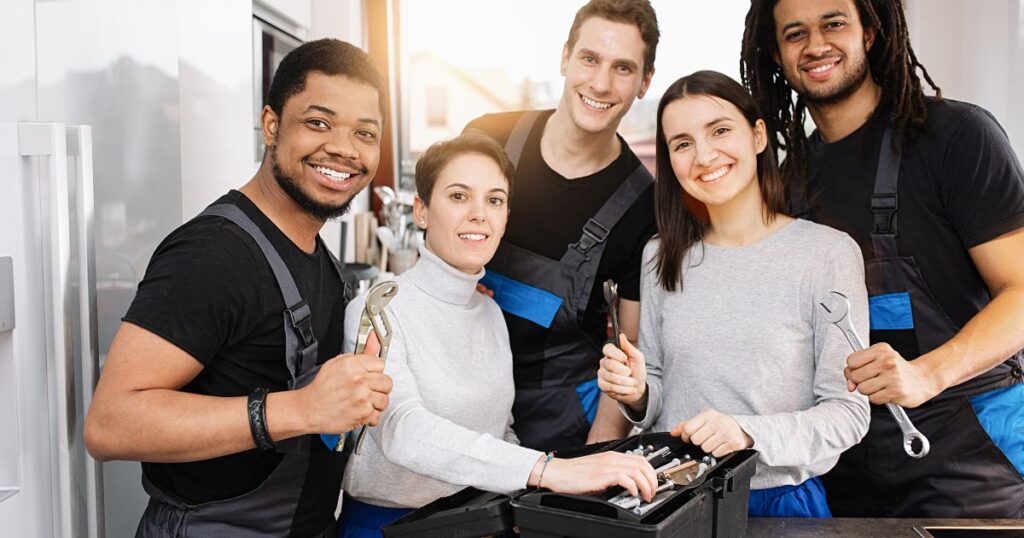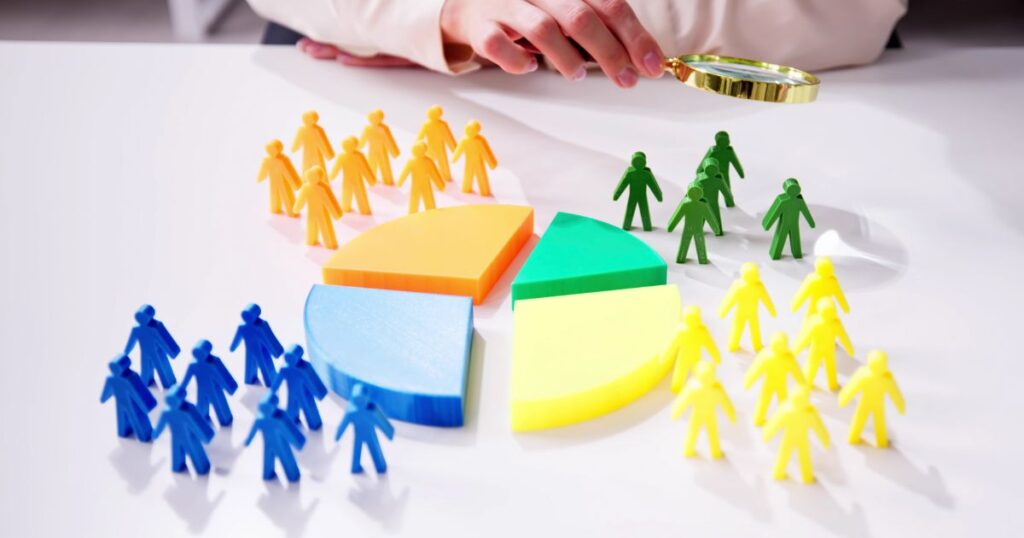
Harness the Power of Team-Based Learning
Team-based learning knits individuals into a cohesive unit. This method builds more than skills—it builds a community. When you expect people to work together, harnessing their potential through collective learning makes sense.
This method fosters an environment where collective success becomes the norm. Each team member brings unique strengths and perspectives to the table.
By learning together, they begin to see the value in each other’s diverse abilities. This appreciation fosters collaboration and reduces conflicts.
Turning routine group tasks into opportunities for creative problem-solving enhances team dynamics. It makes every project a chance to innovate together.
What is Team-Based Learning?
Imagine a team that doesn’t just work together but learns together too. Team-based learning (TBL) use structured activities where team members collaborate to solve problems, complete projects, and engage in discussions. It builds skills while creating a shared journey that helps everyone grow.
Why It Works
Team-based learning works for several reasons.
First, it boosts motivation. When you’re in a group where everyone pushes each other forward, no one wants to let their teammates down. This positive social pressure is a powerful motivator.
Next, consider the diversity of perspectives. Every team member brings unique insights and strengths, enriching the learning experience and sparking innovative solutions. Imagine a brainstorming session where every idea builds on the last.
Communication also improves. Regular team interaction develops crucial communication skills, essential in any business environment. Shared goals align everyone, ensuring the team rows in the same direction. This clarity improves both alignment and execution. Finally, team-based learning fosters essential social skills like collaboration, conflict resolution, and leadership.
Using Immersive Experiences
To really bring team-based learning to life, immersive experiences are key.
Role-playing and simulations create real-life challenges. For example, simulate a customer service crisis and let the team figure out the best solution. These activities help team members apply theoretical knowledge in practical situations.
Team projects foster collaboration. Picture a marketing team working on a new campaign. Each member contributes their expertise, from graphic design to copywriting, making the project a true team effort. Workshops and retreats focusing on skill development and relationship building are incredibly effective. Imagine a weekend retreat with trust falls, cooking competitions, and strategic planning sessions.
Case studies and group discussions promote critical thinking and decision-making. Discussing successful business strategies or analyzing failed projects helps teams learn from real-world examples. Mentorship programs can pair teams with experienced mentors who guide them through challenges, offering valuable insights and fostering continuous learning.
Making Learning Engaging
Interactive workshops with hands-on activities, simulations, and role-playing make learning engaging and memorable.
Imagine a workshop on negotiation skills with role-playing exercises where team members practice negotiating with each other.
Experiential learning opportunities, like real-world projects or internships, bridge the gap between theory and practice. Partnering with a local non-profit for a community project can provide valuable experience. Learning journeys, such as trips to organizations with successful team dynamics, offer inspiration and insights.
Creating collaborative learning spaces, whether physical or virtual, can significantly impact team dynamics. Think about a co-working space with breakout areas for brainstorming and relaxation. Introducing gamification into learning activities makes them fun and competitive. For example, create a points system where teams earn rewards for achieving milestones.
Enhancing Motivation and Ability
The power of team-based learning lies in building social motivation. When a group learns together, they push each other forward.
No one wants to let their teammates down. This positive social pressure boosts motivation more effectively than solo endeavors.
Social ability is crucial as well. As team members interact and learn collectively, they develop vital communication skills. These skills are essential in any business environment, often making the difference between success and failure.
Shared goals and visions unite a team.
Clarity about what they’re working towards improves alignment and execution. Team-based learning sessions help clarify these objectives, ensuring everyone is rowing in the same direction.
Creating Shared Experiences and Pride
Shared experiences are the pillars of team-based learning. They are not just about the skills gained but also the memories made. Such moments become the glue that holds the team together, especially during challenging times.
Pride in belonging to a team can transform an average employee into a champion for your company’s cause. This pride grows from the collective triumphs and even the failures experienced as a group.
Each teaching moment strengthens the team’s bond.
Having a mentor for the team is crucial. So, make sure that you appoint a mentor for every team. An experienced guide can steer the team through complex learning curves. They provide the wisdom that only comes from years in the field.
Structuring TBL Programs
Start with team-building activities like icebreakers and trust-building exercises to create a strong foundation. Activities like escape rooms or outdoor adventures help break down barriers. Follow with structured learning sessions focused on skills and knowledge areas relevant to the team’s goals. Workshops on communication, project management, or technical skills can be very effective.
Include opportunities for teams to apply what they’ve learned through projects and real-world scenarios. Encourage them to take on real challenges within the organization. Integrate mentorship and coaching for guidance and support. Regular check-ins with a mentor can help keep the team on track.
Conclude with reflection and feedback sessions to reinforce learning and plan for future development. Regular debriefings help teams learn from their experiences and continuously improve.
Implementing and Sustaining Team Learning
Consider the sequence of team development. Group coaching should ideally follow a team-building workshop. Start with activities that help break down barriers and build trust.
Then move into more structured learning that targets specific skills and goals. This sequence allows the team to apply what they learn in real-time.
Reinforcing lessons through practical application cements knowledge far more effectively than isolated study sessions.
Implementing team-based learning can transform an ordinary group into a high-performing team. It’s about more than just skills.
Build a shared vision and a supportive culture that lifts every member towards excellence.
Articles

Beyond Training: Driving Client Success Through Customer Happiness

The Impact of DEEP Learning

Why Developmental Learning Fuels Business Success
12 Best Ways to Teach Leadership Using Immersive Learning Experiences
Training

Drive for Results: Unleashing Peak Performance in Leadership
